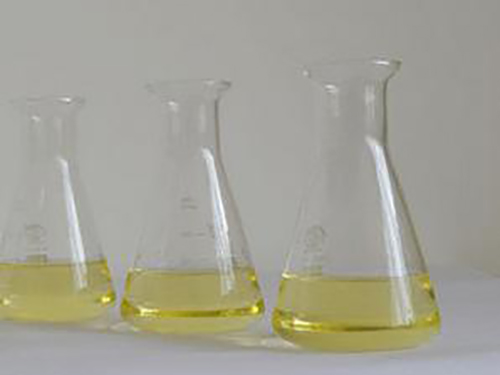The Role of Poly Aluminium Chloride in Enhancing Wastewater Treatment Efficiency and Effectiveness
Poly Aluminium Chloride in Wastewater Treatment
Poly Aluminium Chloride (PAC) is an inorganic polymer used widely in the treatment of wastewater and drinking water. It is a coagulant that enhances the removal of suspended solids, organic matter, and various pollutants in water. The increasing demand for effective wastewater management has prompted the exploration of PAC’s applications, efficiency, and advantages over traditional coagulants such as Alum.
Poly Aluminium Chloride in Wastewater Treatment
One of the primary advantages of PAC over conventional coagulants is its higher performance in diverse pH ranges. Unlike Alum, which is most effective at low pH levels, PAC demonstrates versatility and effectiveness across a wider pH spectrum. This attribute is particularly beneficial in treating wastewater from various sources, including industrial effluents and municipal sewage, where pH levels can vary significantly. Additionally, PAC requires lower dosages to achieve the same level of coagulation as Alum, making it a cost-effective solution for many treatment plants.
poly aluminium chloride in wastewater treatment

Moreover, PAC has been found to produce less sludge compared to traditional coagulants. The reduction in sludge volume means lower costs and operational challenges related to sludge handling and disposal, which can often constitute a significant portion of the overall treatment expenses. The lessened volume of sludge not only simplifies the treatment process but also minimizes the environmental impact associated with sludge disposal.
The effectiveness of PAC in removing contaminants is further enhanced by its capacity to bind with a variety of pollutants, including heavy metals, phosphates, and organic compounds. This characteristic is especially valuable in industries such as textile, paper, and food processing, where wastewater may contain high concentrations of these substances. Employing PAC in these sectors not only improves the quality of effluent but also aids in minimizing the potential for harmful substances entering waterways.
However, it is essential to consider the implications of using PAC in wastewater treatment systems. The residual aluminium from PAC may cause concerns regarding aquatic toxicity and human health, thus requiring careful monitoring and control. Regulatory guidelines are crucial in ensuring that aluminium levels in discharged effluent remain within acceptable limits. Therefore, ongoing research into the long-term effects of PAC on the ecosystem and human health is necessary to establish its safe and sustainable use.
In conclusion, Poly Aluminium Chloride is a highly effective coagulant in wastewater treatment, offering numerous advantages over traditional methods. Its versatility, cost-effectiveness, and ability to produce lower volumes of sludge make it an attractive choice for treatment facilities aiming to enhance their processes and comply with regulatory standards. As the world faces increasing pressures on water resources, the role of PAC in promoting efficient and sustainable wastewater treatment will undoubtedly continue to grow, contributing significantly to environmental protection and public health.
-
Water Treatment with Flocculant Water TreatmentNewsJun.12,2025
-
Polymaleic AnhydrideNewsJun.12,2025
-
Polyaspartic AcidNewsJun.12,2025
-
Enhance Industrial Processes with IsothiazolinonesNewsJun.12,2025
-
Enhance Industrial Processes with PBTCA SolutionsNewsJun.12,2025
-
Dodecyldimethylbenzylammonium Chloride SolutionsNewsJun.12,2025





